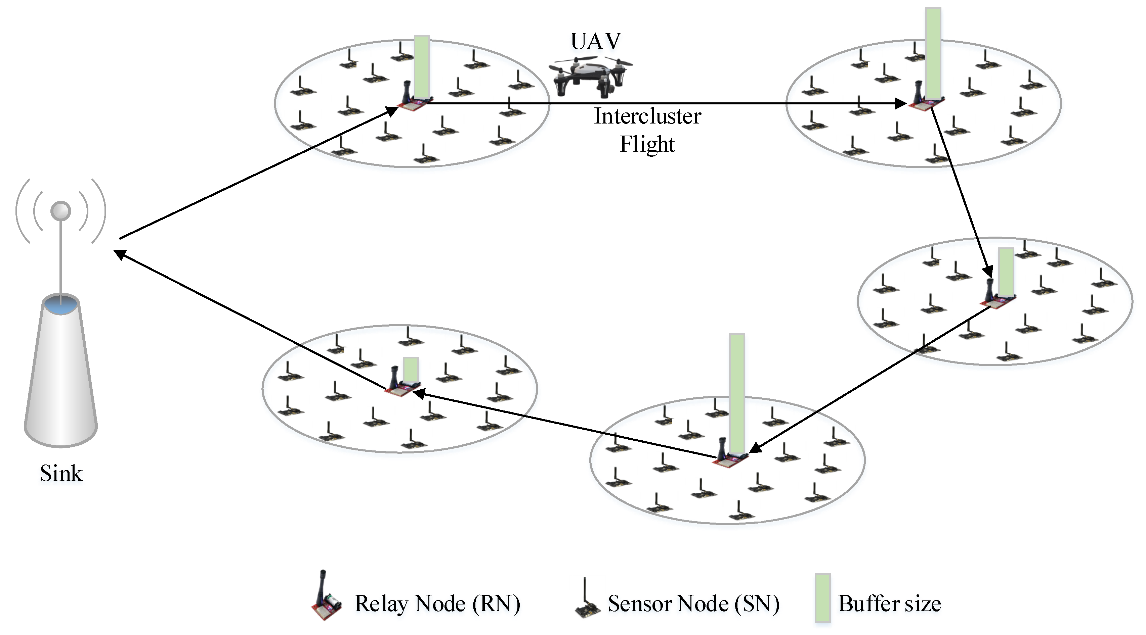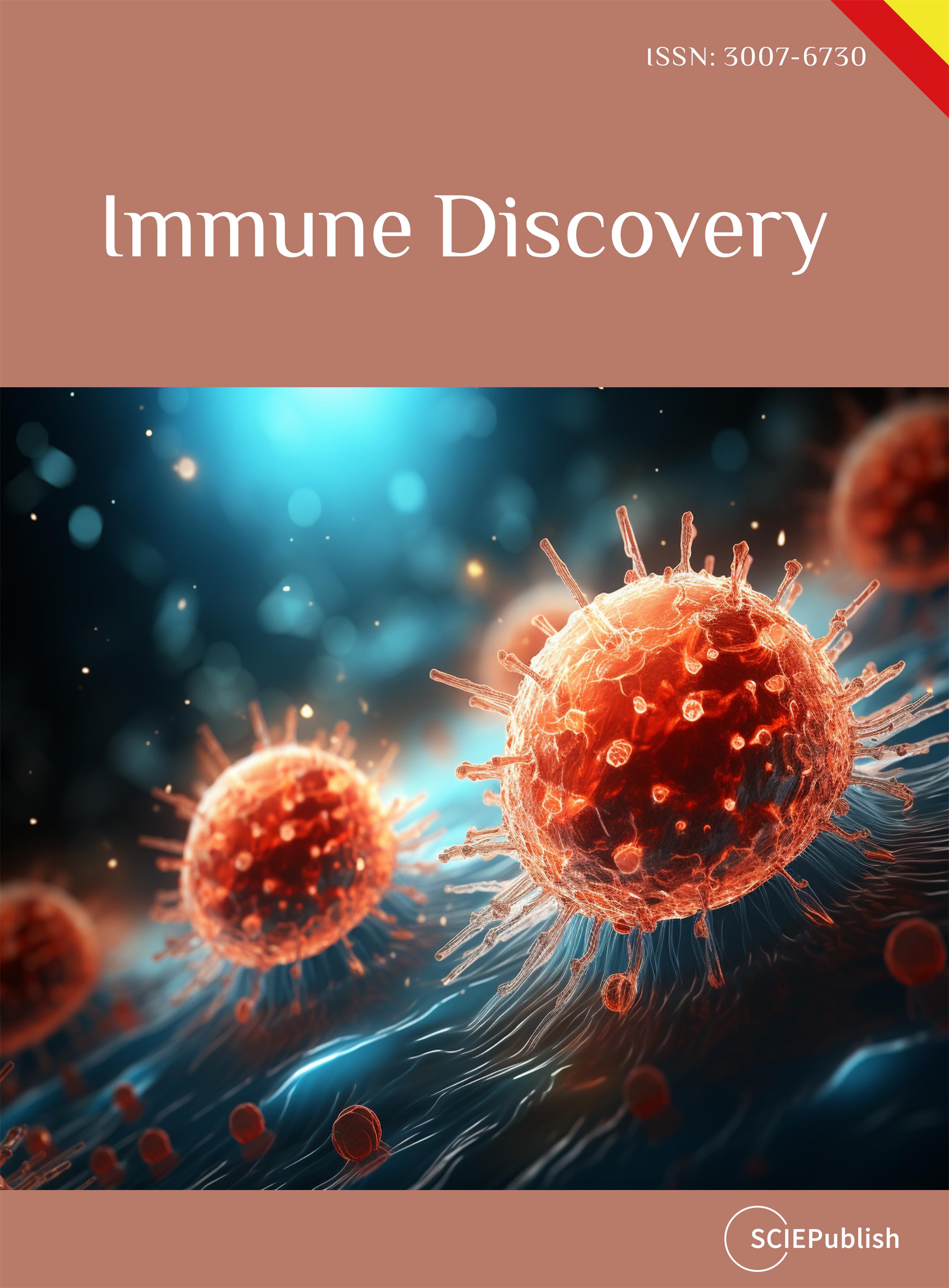Found 297 results
Book Review
09 July 2024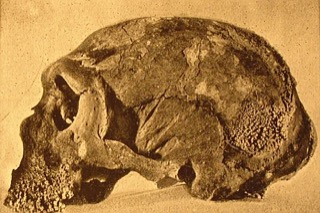
Article
05 July 2024Does Philosophy Kill Humor?
The title of this paper poses a paradoxical question, relating philosophy and humor, and tries to be humorous itself with the use of the verb “kill”. Against a more common, sometimes even academical, view of philosophy as a tremendously serious, deep, and complex corpus of knowledge—all theory and no praxis—the article challenges this view and will try to explain why humor, when associated with philosophy, can accelerate the understanding of a concept, and reveal unexpected spaces for reflection while donating moments of lightness and entertainment. In this perspective, humor reveals itself as a fundamental anthropological experience strongly connected to human freedom. I am aware that there are many different types of humor—irony, joke, slapstick, double-entendre, pun, deadpan-dry humor, etc., and also that the definition of “sense of humor” may be highly subjective, often related to the cultural profile of the person, and their geographical and historical contexts: what I consider funny, can be neutral or even offensive for another person. Nevertheless, among hundreds of interpretations, I will consider those which are more consistent with the scope of this paper. Moreover, if we think about the contemporary movement called philosophical counseling as a praxis that aims to help people in trouble and despair to see human problems from a wider and more rational Weltanschauung (view of the world), humor can become a useful tool to re-discover the frolicsome child inside ourselves: while playing with contrasts, metaphors, and metonymies, it induces a sudden, positive change of perspective. A process that is valid for both the counselor and the counselee, the self and the other: humor can provoke in the counselor a new and fresh way to understand the counselee’s difficulty; for the client, it can be a moment of tension release, or the start of a different way to address and approach life’s problems, or, even more, the beginning of a creative, transformative path.
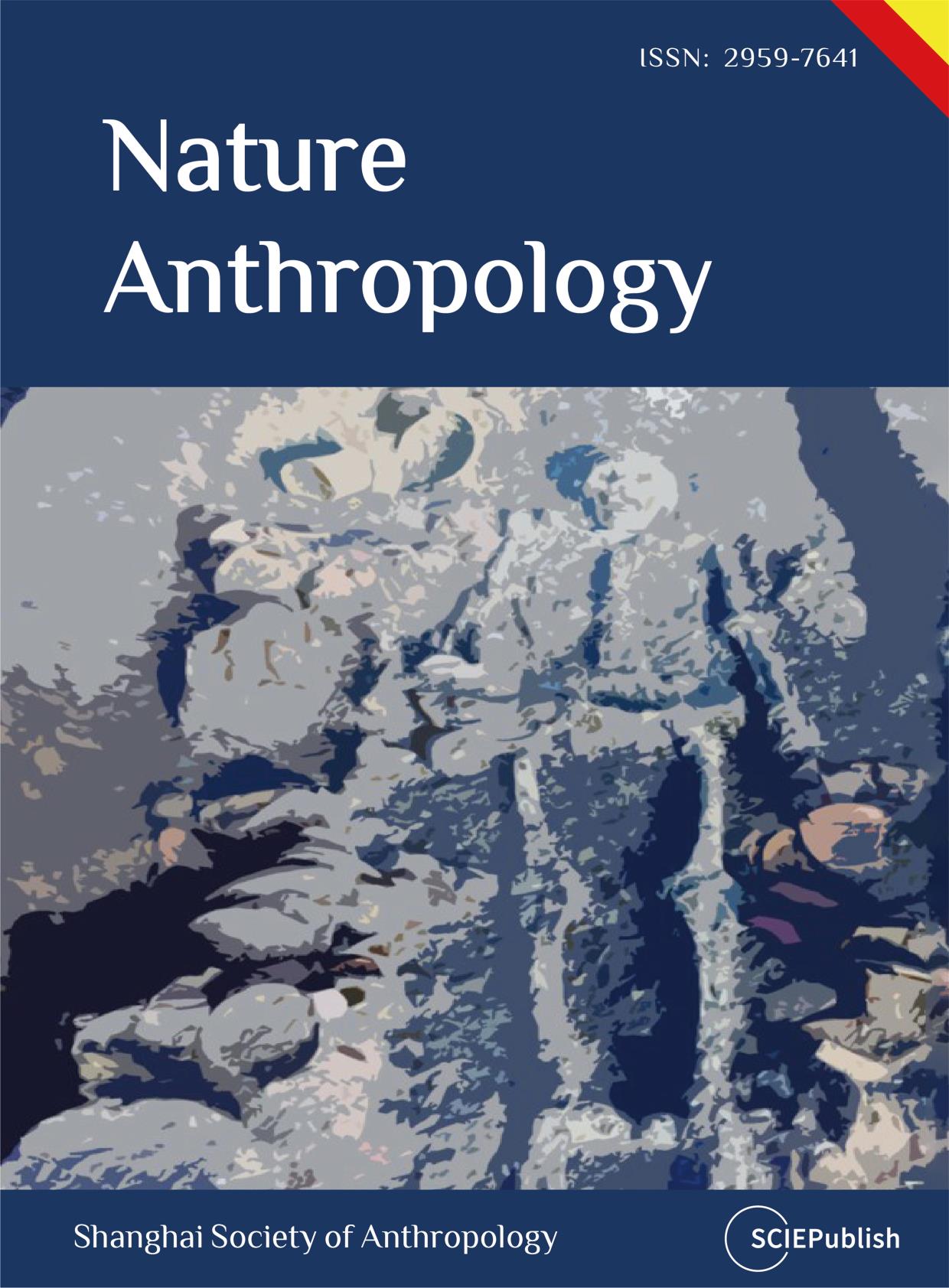
Meeting Report
26 June 202412th International Workshop on the CCN Family of Genes
Cellular Communication Network factors 1-6 (CCNs) are matricellular proteins consisting of an N-terminal secretory peptide and four multifunctional structural domains. The CCN1-6 members belonging to this family have a complex network of interacting ligands that can affect diverse signaling pathways through a multitude of mechanisms. Specifically, these proteins play crucial roles in cell proliferation, differentiation, angiogenesis, apoptosis, chondrogenesis, wound repair, and extracellular matrix (ECM) formation/remodeling. This short communication provides a brief summary of the 12th International Workshop on the CCN Family of Genes held at the Scandic Holmenkollen Park Hotel in Oslo, Norway from 20–23 June 2024.
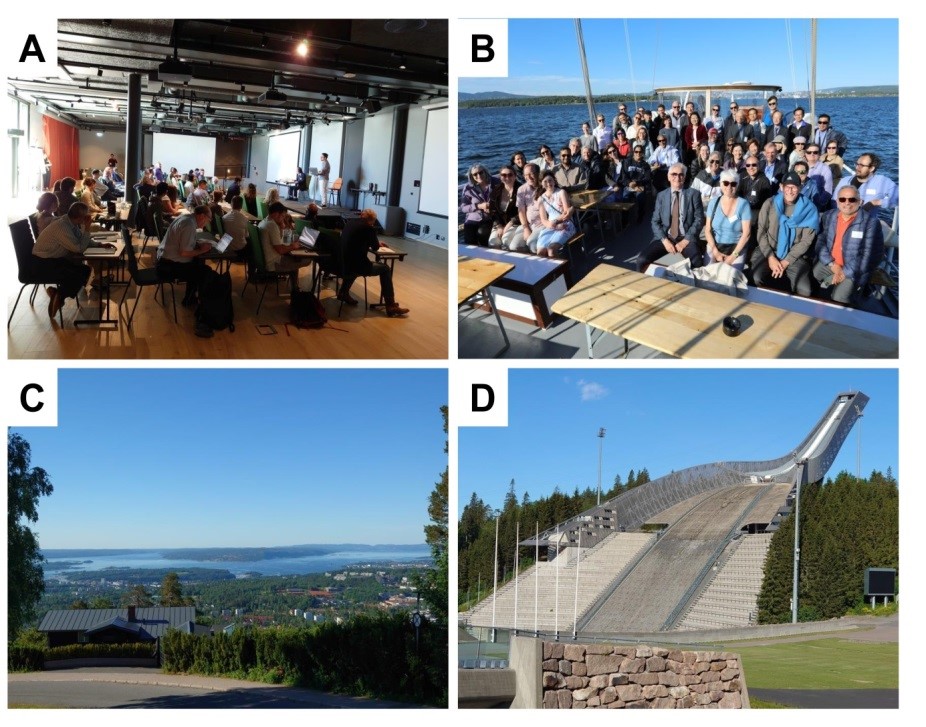
Opinion
26 June 2024Prospective Approaches for Ecosystem Sustainability Including Climate Mitigation
A summary, based upon foresight, futures, ideation and frontier technology studies of prospective approaches to foster ecosystem sustainability including climate mitigation at the technology and societal levels which are at scale and profitable. Approaches summarized include halophytes/salt plants grown on deserts/wastelands using saline/seawater, to address land, water, food, energy and climate, frontier energetics, nascent climate mitigation concepts, cellular agriculture, materials optimization, the virtual age, efficiency and redesigning the ecosystem for the Anthropocene. Solution/mitigation approaches are targeted at deforestation, desertification, pollution writ large (land, sea, air, space), and extensive urbanization along with soil salination, ocean acidification, mining, and water scarcity.
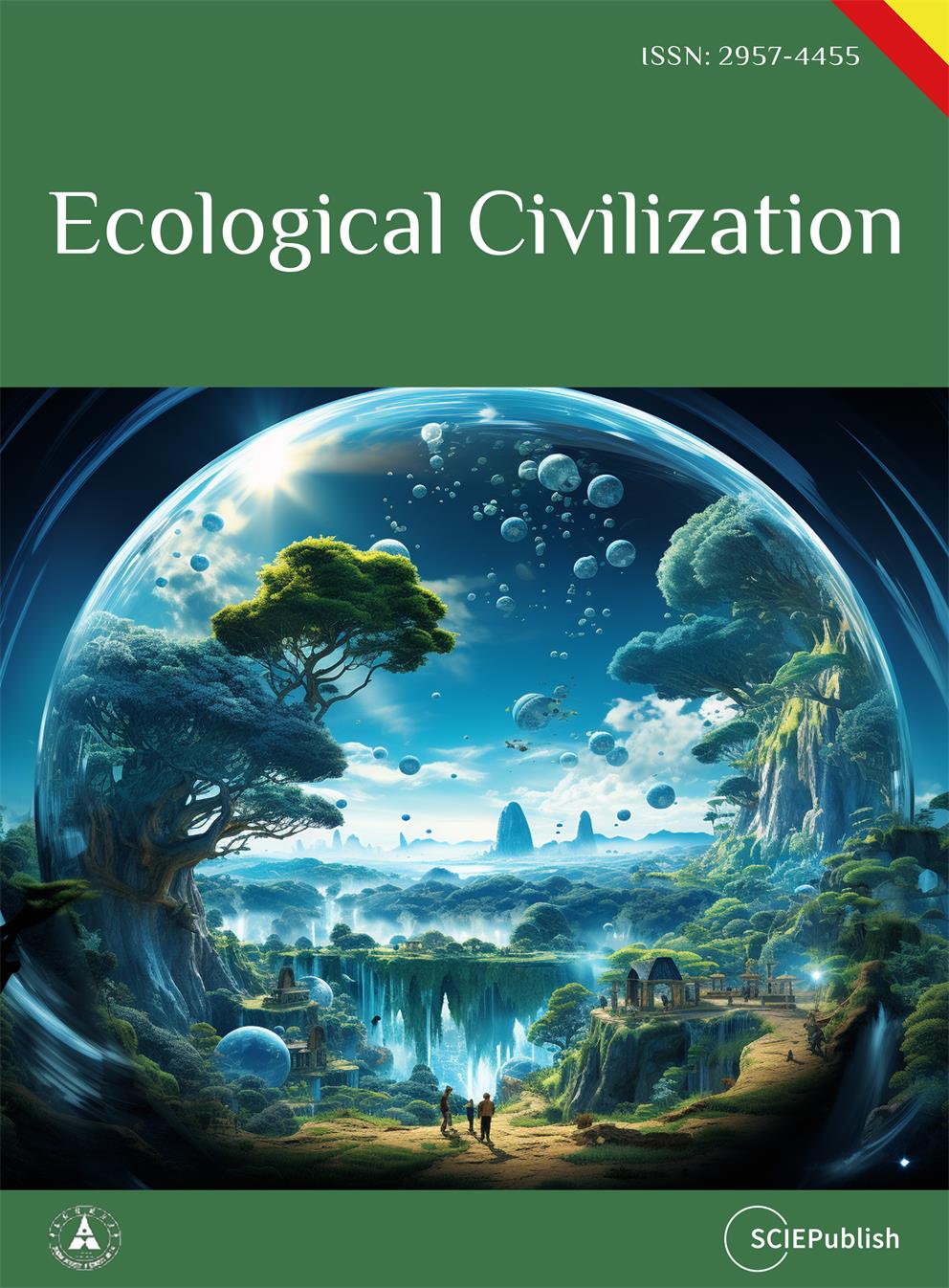
Article
24 June 2024Sulforaphane’s Nuclear Factor Erythroid 2-Related Factor 2 (Nrf2)-Dependent and -Independent Mechanism of Anti-SARS-CoV-2 Activity
It is well established that Nrf2 plays a crucial role in anti-oxidant and anti-inflammatory functions. However, its antiviral capabilities remain less explored. Despite this, several Nrf2 activators have demonstrated anti-SARS-CoV-2 properties, though the mechanisms behind these effects are not fully understood. In this study, using two mouse models of SARS-CoV-2 infection, we observed that the absence of Nrf2 significantly increased viral load and altered inflammatory responses. Additionally, we evaluated five Nrf2 modulators. Notably, epigallocatechin gallate (EGCG), sulforaphane (SFN), and dimethyl fumarate (DMF) exhibited significant antiviral effects, with SFN being the most effective. SFN did not impact viral entry but appeared to inhibit the main protease (MPro) of SARS-CoV-2, encoded by the Nsp5 gene, as indicated by two protease inhibition assays. Moreover, using two Nrf2 knockout cell lines, we confirmed that SFN's antiviral activity occurs independently of Nrf2 activation in vitro. Paradoxically, in vivo tests using the MA30 model showed that SFN's antiviral function was completely lost in Nrf2 knockout mice. Thus, although SFN and potentially other Nrf2 modulators can inhibit SARS-CoV-2 independently of Nrf2 activation in cell models, their Nrf2-dependent activities might be crucial for antiviral defense under physiological conditions.
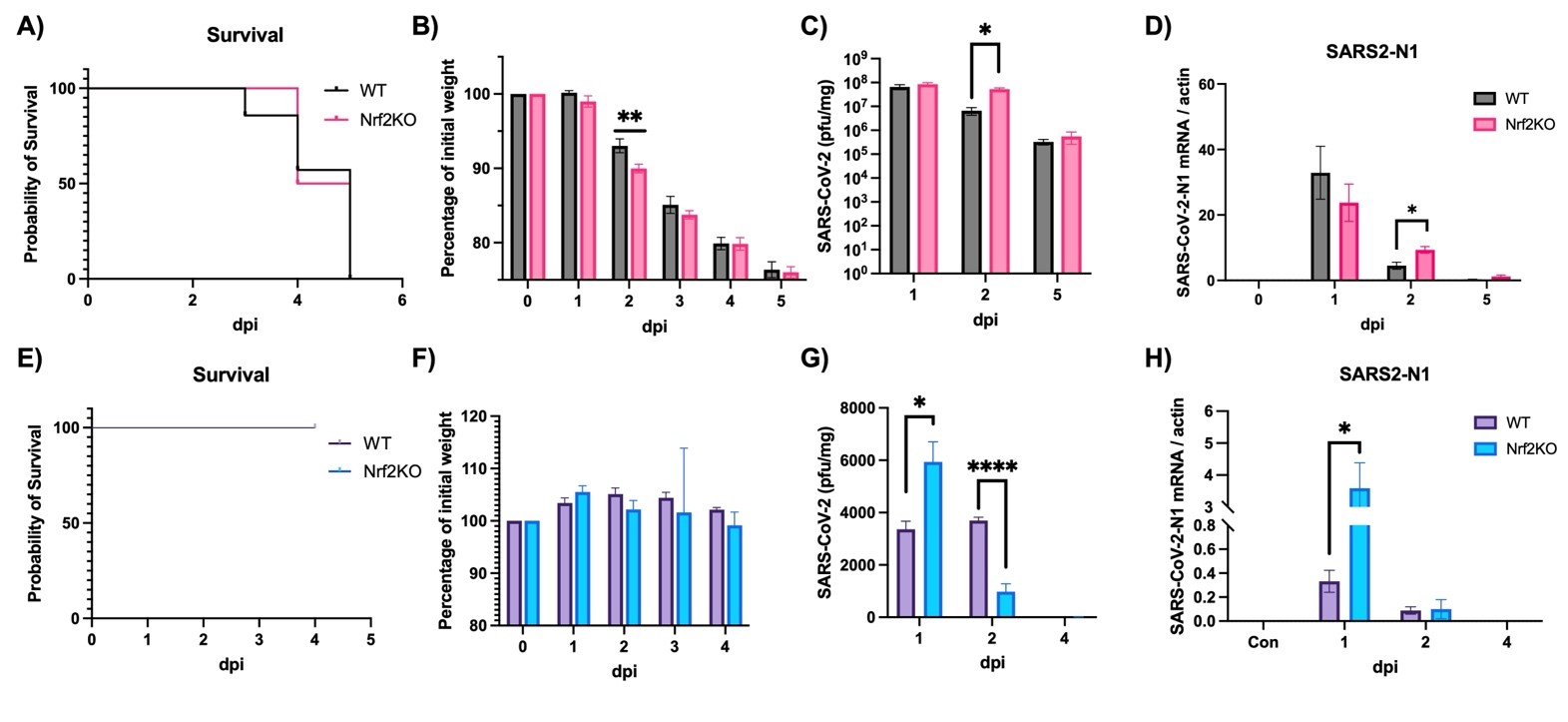
Perspective
24 June 2024High Entropy Oxides: Next-Generation Air Electrodes for Reversible Protonic Solid Oxide Cells
Reversible protonic solid oxide cell (P-SOC) operating at intermediate-temperature exhibits excellent potential as a power generation and green hydrogen production device in fuel cell and electrolysis cell modes because of the high conversion efficiency. However, the lack of efficient air electrodes is the main challenge to obtain P-SOC with remarkable performance. Typically, air electrodes should possess high proton, oxygen ion and electron conductivity, outstanding catalytic ability for oxygen reduction reaction and H2O splitting, and also long-term durability. Recently, high entropy oxides (HEO) have become popular due to their various potential applications in terms of outstanding properties, including catalysis ability, conductivity, thermal stability, etc. HEO air electrodes have been confirmed to show good electrochemical performance in P-SOC, but the complex compositions and structure make it difficult to study HEO by traditional experimental methods. Machine learning (ML) has been regarded as a powerful tool in materials research and can solve the drawbacks in the discovery of HEO in a traditional way. In this perspective, we not only discuss the current utilization of HEO in P-SOC but also provide a possible process to use ML to guide the development of HEO.
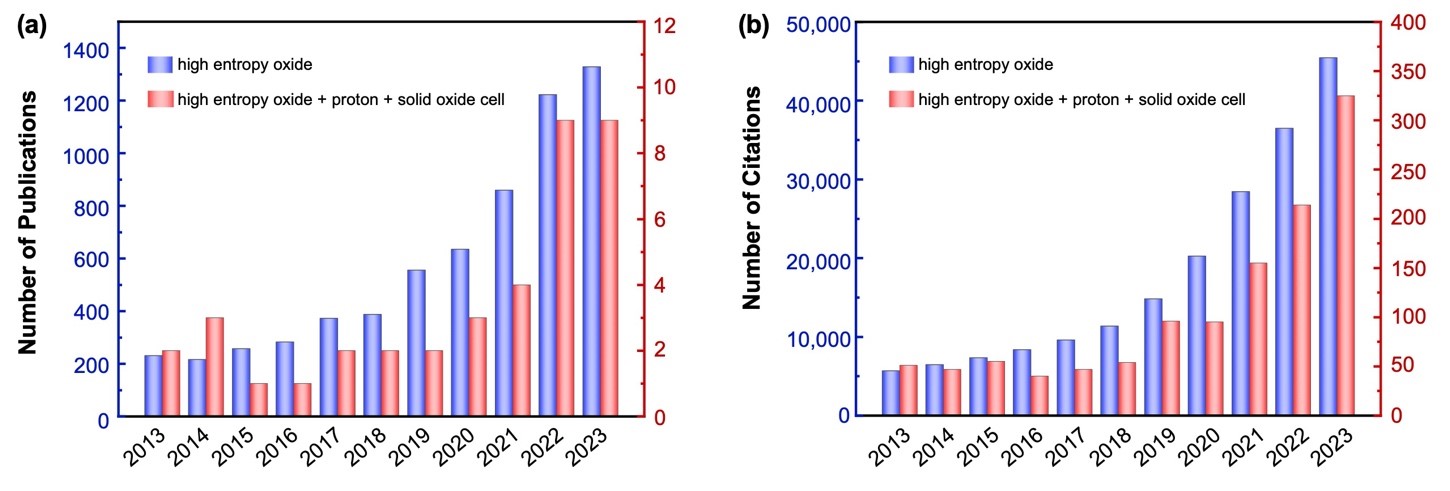
Article
17 June 2024Cytosine Deaminase-Assisted Mutator for Genome Evolution in Cupriavidus necator
Cupriavidus necator H16 has been intensively explored for its potential as a versatile microbial cell factory, especially for its CO2 fixation capability over the past few decades. However, rational metabolic engineering remains challenging in the construction of microbial cell factories with complex phenotypes due to the limited understanding of its metabolic regulatory network. To overcome this obstacle, laboratory adaptive evolution emerges as an alternative. In the present study, CAM (cytosine deaminase-assisted mutator) was established for the genome evolution of C. necator, addressing the issue of low mutation rates. By fusing cytosine deaminase with single-stranded binding proteins, CAM introduced genome-wide C-to-T mutations during DNA replication. This innovative approach could boost mutation rates, thereby expediting laboratory adaptive evolution. The applications of CAM were demonstrated in improving cell factory robustness and substrate utilization, with H2O2 resistance and ethylene glycol utilization as illustrative case studies. This genetic tool not only facilitates the development of efficient cell factories but also opens avenues for exploring the intricate phenotype-genotype relationships in C. necator.
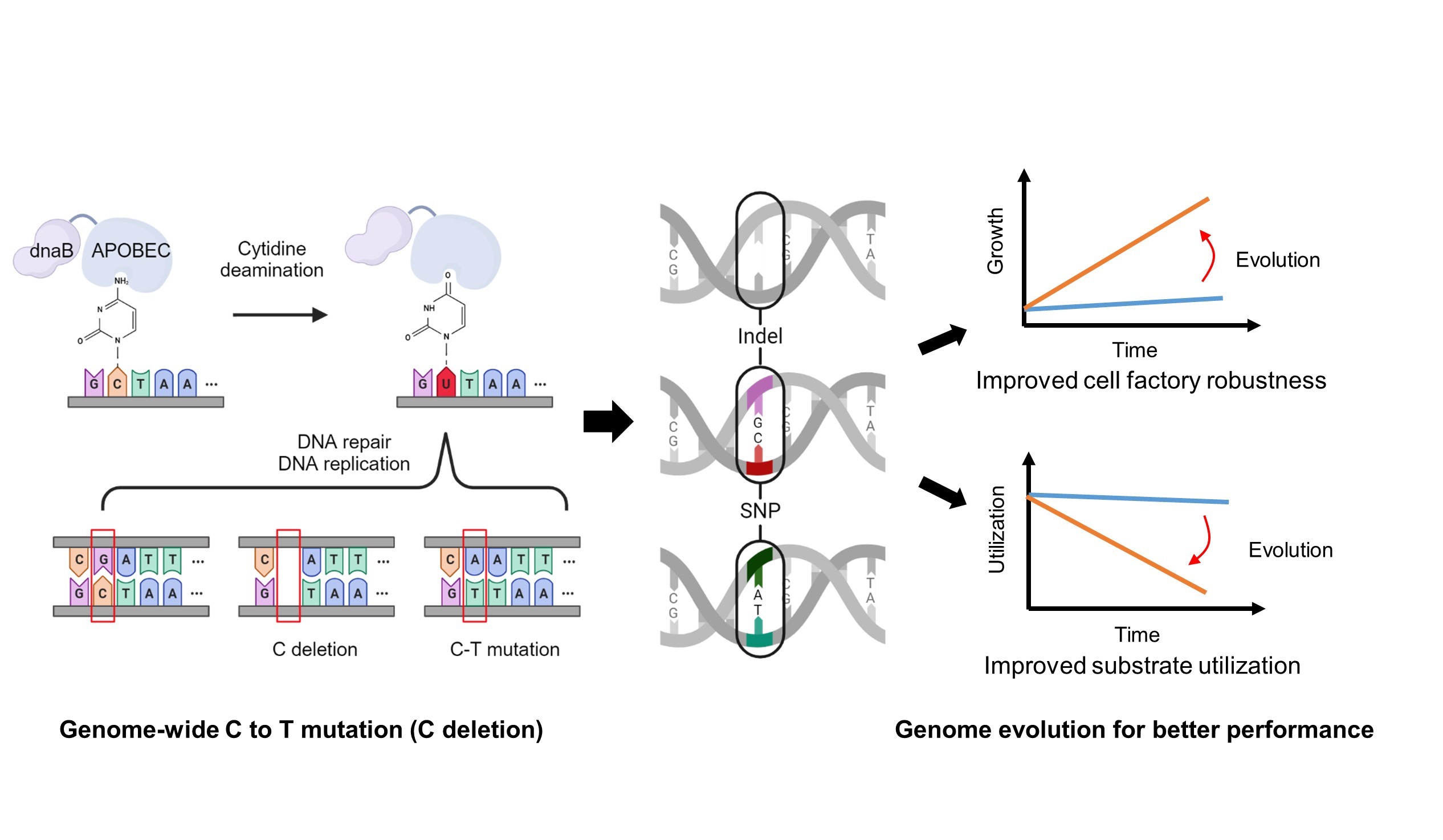
Review
14 June 2024Biobased Vitrimers: A Sustainable Future
Vitrimers are crosslinked polymers containing dynamic covalent linkages. Because of their crosslinked structure, they are stable as thermosets at their service temperatures. At high enough temperatures, dynamic exchange reactions occur and rearrange the polymer network, thus vitrimers become malleable and reprocessable like thermoplastics. The dynamic covalent bonds can also undergo dissociative cleavage reactions under specific conditions, so vitrimers are inherently degradable. To achieve a sustainable future, various biomass resources have been used as raw materials in vitrimer preparation. This review summarizes recent developments in biobased vitrimers and highlights their preparation methods. The limitations of current biobased vitrimers are also discussed.
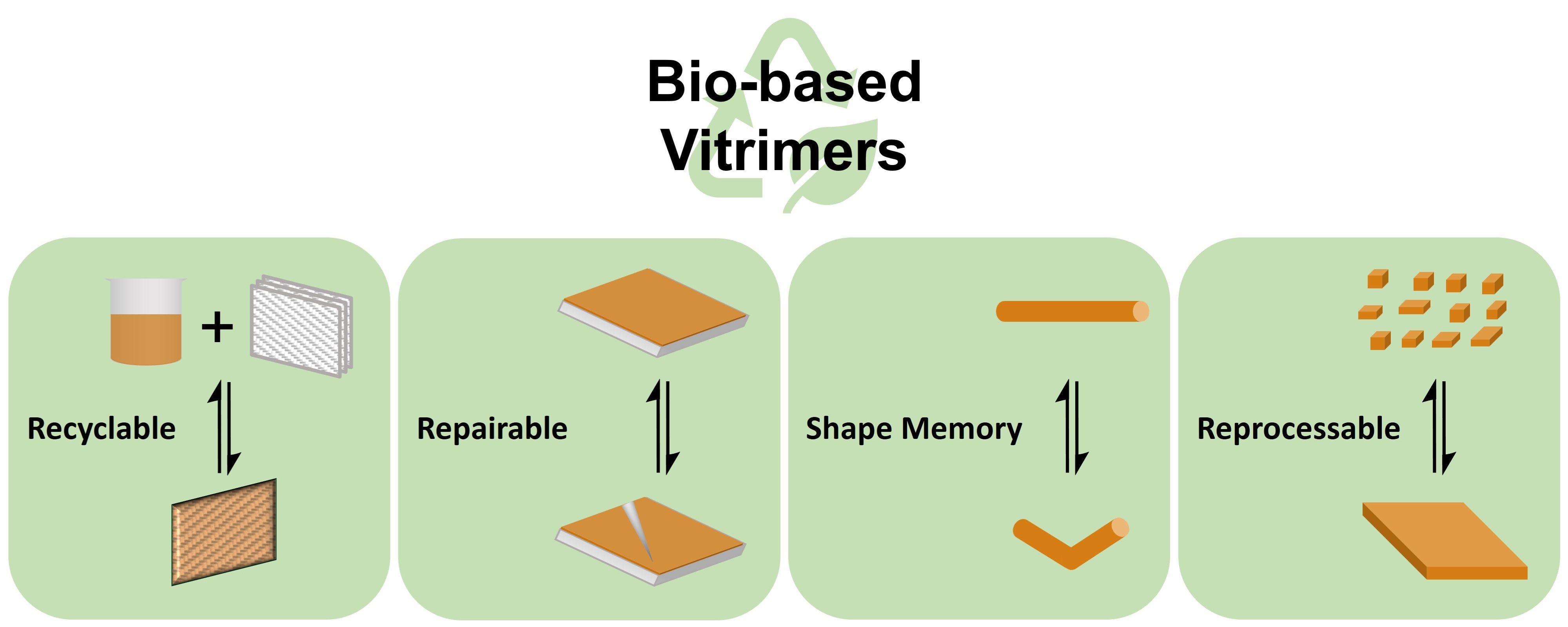
Article
12 June 2024Optimized Real Time Single-Drone Path Planning for Harvesting Information from a Wireless Sensor Network
We consider a remote sensing system in which fixed sensors are placed in a region, and a single drone flies over the region to collect information from cluster heads. We assume that the drone has a fixed maximum range and that the energy consumption for information transmission from the cluster heads increases with distance according to a power law. Given these assumptions, we derive local optimum conditions for a drone path that either minimizes the total or maximum energy required by the cluster heads to transmit information to the drone. We show how a homotopy approach can produce a family of solutions for different drone path lengths so that a locally optimal solution can be found for any drone range. We implement the homotopy solution in Python and demonstrate the tradeoff between drone range and cluster head power consumption for several geometries. Execution time is sufficiently rapid for the computation to be performed in real time so that the drone path can be recalculated on the fly. The solution is shown to be globally optimal for sufficiently long drone path lengths. A proof of concept implementation in Python is available on GitHub. For future work, we indicate how the solution can be modified to accommodate moving sensors.
